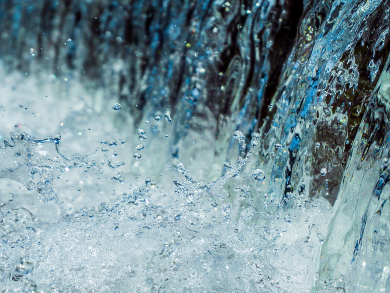Pesticides are being used throughout agriculture to help boost crop output. However, they can find their way into other ecosystems and waterways. New methods are needed to help remove these pesticides from the environment.
Tamara Lazarević-Pašti, University of Belgrade, Serbia, and colleagues have used different graphene materials for the removal of organophosphorus pesticides, the most common type of pesticide, from water samples. The researchers have tested the suitability of graphene nanoplatelets, graphene oxide, and single-layer graphene materials for the removal of dimethoate (DMT) and chlorpyrifos (CPF) pesticides. The graphene materials were dispersed in distilled water, the pesticides were added, and the mixtures were shaken overnight. The samples were then centrifuged, filtered, and analyzed using ultra-performance liquid chromatography (UPLC).
The adsorption of the pesticides was found to be dependent upon the surface structure of the graphene materials. DMT was found to prefer an oxidized surface and readily bind to graphene oxide, whereas CPF has a preference towards the highly ordered π-system structure of the aromatic rings in graphene nanoplatelets. These results could help guide the development of highly efficient pesticide adsorbents.
- The impact of the structure of graphene-based materials on the removal of organophosphorus pesticides from water,
Tamara Lazarević-Pašti, Vladan Anićijević, Miloš Baljozović, Dragana Vasić Anićijević, Sanjin Gutić, Vesna Vasić, Natalia V. Skorodumova, Igor A. Pašti,
Environ. Sci.: Nano 2018.
https://doi.org/10.1039/c8en00171e




